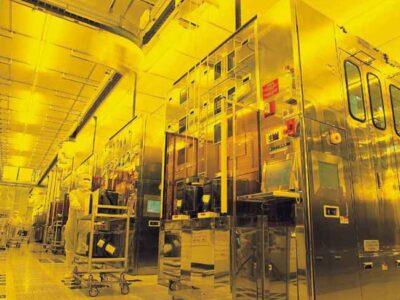
M2M group launches its Weightless standard
The Weightless standard, optimised for machines and in development for more than two years with a group of industry leaders now runs to over 600 pages and offers transformational competitive advantages over legacy technologies. Ultra low cost terminal hardware and license free frequency spectrum provides ground breaking cost savings comparable with PAN technologies such as Bluetooth. Ultra low power consumption allows operation of battery powered terminals using single primary cells for periods of more than ten years and high quality low frequency spectrum exhibits excellent signal propagation characteristics yielding ubiquitous coverage through superior range and in-building penetration.
“We are delighted to have reached this seminal moment for machine communications – a tipping point for the industry” commented Professor William Webb, CEO of the Weightless SIG. “This technology can uniquely enable the tens of billions of connections forecast over the next decade”.
At the terminal level data rates from 1kbit/s to 10Mbit/s are possible depending on link budget and data packet sizes from 10 bytes and no upper limit with an extremely low overhead – 50 byte packets have less than 20% overhead – are possible. Acknowledged and unacknowledged message transmission modes are supported and multicast call capability allows messages to be sent to multiple devices. Interrupt capability allows devices to raise alarms for specific events such as power outage. Service provision layering enables worldwide contracts and automated change of network provider capabilities. Terminals can run multiple applications and mobility is fully supported. An ultra secure 128-bit encryption and authentication model based on a shared secret key is provided. Extremely low complexity terminal architecture enables low cost implementation using minimal memory and processor power to further extend battery life.
At the network level careful scheduling enables transmissions to be planned in advance resulting in very high loading efficiency and both frequency hopping and intelligent frequency planning maximize throughput on congested networks. An extremely wide range of modulation schemes and spreading factors provides flexibility in network design enabling 5km coverage to indoor terminals. The entire core network is run as a software service and can be cloud-hosted. Ultra low out-of-band emissions through waveform shaping maximises white space bandwidth availability and license free spectrum significantly reduces network costs.
Modulation methods from 16-QAM to differential BPSK coupled with spreading codes up to 1024 enable an extremely wide range of link budgets to be configured. Downlink single carrier modulation of 6MHz bandwidth and uplink FDMA channels using 16 interweaved channels for the Americas and 8MHz bandwidth downlink and uplink narrowband FDMA channels using 24 parallel 128kbit/s channels for rest of the world enables truly global operation. Time Division Duplex (TDD) is used with flexible uplink/downlink boundaries on a frame-by-frame and per base station basis enabling dynamic balancing of uplink and downlink traffic. Error detection and correction with packet re-transmission capability is built in and terminal sleep modes are fully integrated into the system design.
Version 1.0 of the Weightless Standard can be downloaded by members at the Weightless website.
 If you enjoyed this article, you will like the following ones: don't miss them by subscribing to :
eeNews on Google News
If you enjoyed this article, you will like the following ones: don't miss them by subscribing to :
eeNews on Google News


